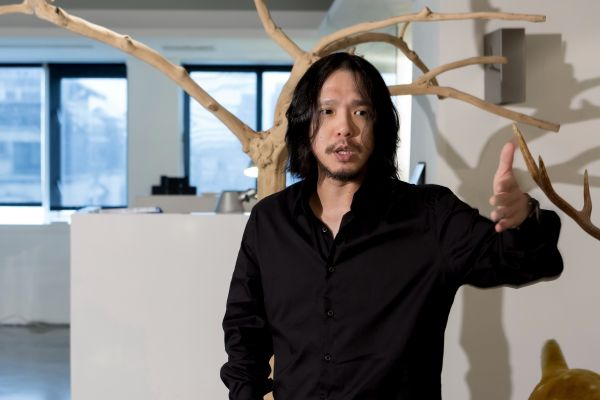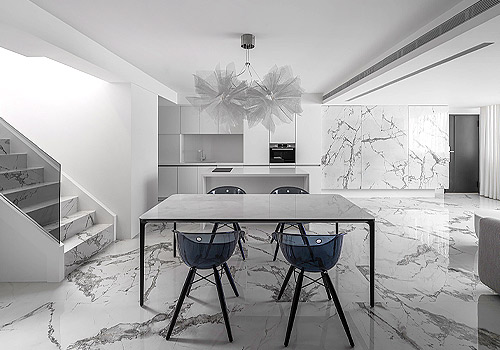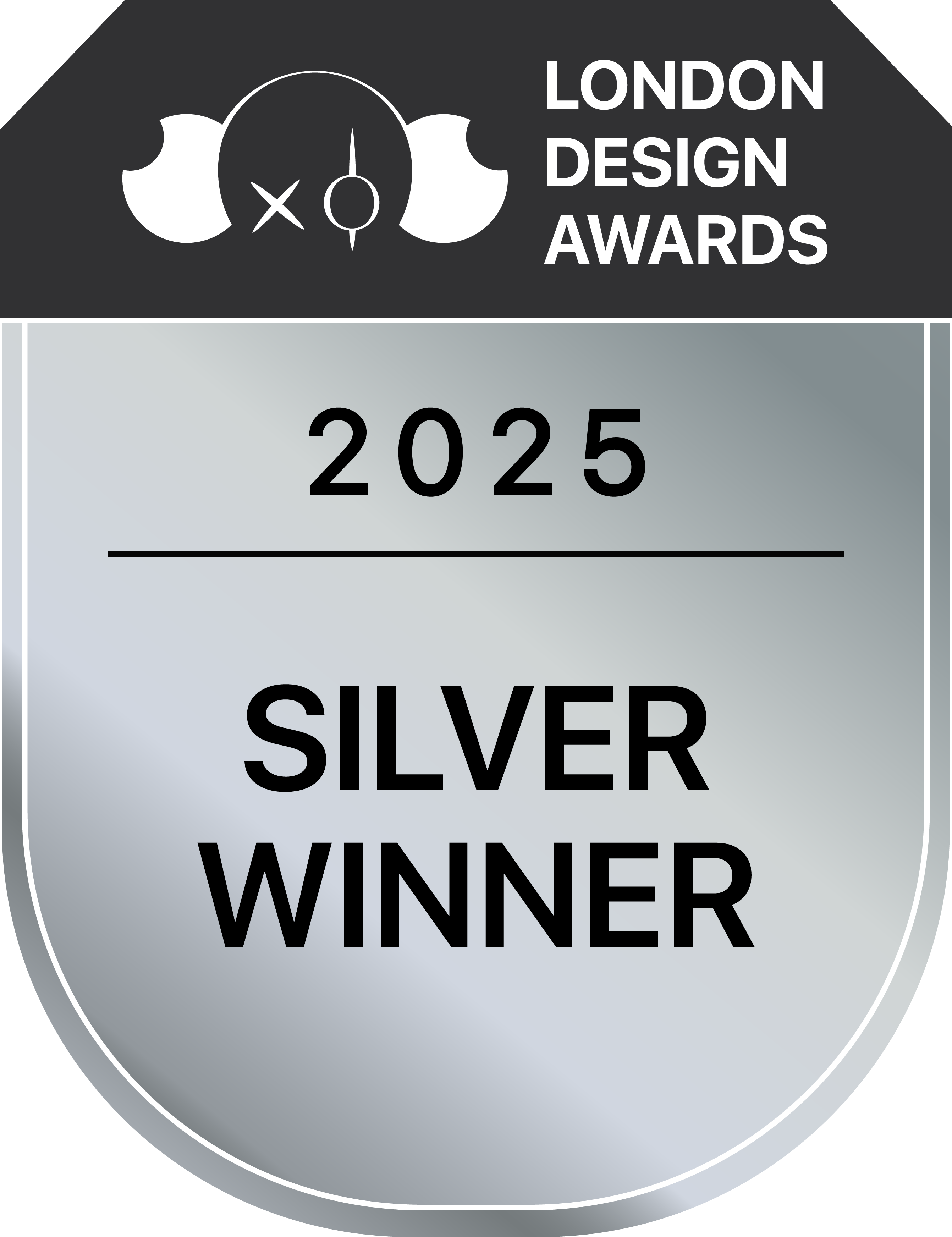
Chung-Lin Lee
1. Congratulations on winning the London Design Awards! Can you introduce yourself and share about what inspired you to pursue design as a career?
Thank you! I currently work at Yun-Yih Interior Design. I’ve always been passionate about the relationship between space and emotion. I became a designer because I was intensely interested in the sensory. When I was young, I enjoyed all kinds of art and sculptures and observing the sensory changes between different materials. This kind of subtle but tangible daily experience was the starting point of why I chose interior design.
2. What does being recognised in the London Design Awards mean to you?
This award is not only an honour for us, but it’s also a sign of international recognition. Design is a language, and to be recognised by the London Design Awards signifies that the sentiments and ideas that we convey through space are widely understood and accepted. This is deeply encouraging to us.
3. How has this achievement impacted your career, team, or agency, and what opportunities has it brought so far?
After winning the award, we might receive invitations to collaborate with teams from different countries, and it greatly uplifts the morale of the team. It will give our brand exposure and allow more people to know that Taiwanese residential design can have such pure and sensitive expressions.
4. What role does experimentation play in your creative process? Can you share an example?
The spirit of experimentation is the core of our process. In creating this project, we challenged ourselves to use large amounts of white space and desaturated colours to convey emotion and tension through the simplicity of the multi-dimensional structure of the materials and usage of light. This is something that’s rarely done in traditional design techniques.
5. What's the most unusual source of inspiration you've ever drawn from for a project?
Once, on a night walk, I saw the streetlight’s faint glow on a water droplet. That kind of hazy and sober atmosphere became the inspiration for the master bedroom. Dark grey blue coupled with soft warm light, like the silence before the dawn, allows one to reflect.
6. What’s one thing you wish more people understood about the design process?
Design is the conversation between space and living. We spend a lot of time understanding the inhabitants’ rhythm, habits and inner needs. Good design is a silent companion, not a bustling display.
7. How do you navigate the balance between meeting client expectations and staying true to your ideas?
We believe that design is a co-creation. Rather than thinking of it as a compromise, we see it as a guiding process. We listen to the owner’s needs, and through professional interpretation, guide them towards understanding the possibilities that the space can have. Finally, we find a balance between practicality and aesthetics.
8. What were the challenges you faced while working on your award-winning design, and how did you overcome them?
The challenge of this particular project is to find richness in simplicity. We had to control with precision the ratio of each material and the direction of light to avoid creating a space that’s frigid. We wanted to allow every corner to display the layers and emotions of light.
9. How do you recharge your creativity when you hit a creative block?
I would travel or read books that have nothing to do with design, especially literature or philosophy. When my head is too full, removing myself from the language of design can actually help inspiration flow.
10. What personal values or experiences do you infuse into your designs?
Leaving white space, moderation, and respecting natural light and the materials’ natural state. These values can be felt in all of our work.
11. What is an advice that you would you give to aspiring designers aiming for success?
The success of design is not only about winning awards, it’s about creating a space that makes people feel truly safe, comfortable, and moved.
12. If you could collaborate with any designer, past or present, who would it be and why?
I would choose Tadao Ando. Through light and shadow, he grasped the rhythm and layers of real and virtual space, and the balance between nature and building. His usage of light and concrete, his pursuit of space spirituality, influences me greatly.
13. What's one question you wish people would ask you about your work, and what's your answer?
“Who is this space designed for?”
Because the starting point of each design is not for our own sake, but for the quality of life of the inhabitant, and the understanding and respect toward their state of mind.

